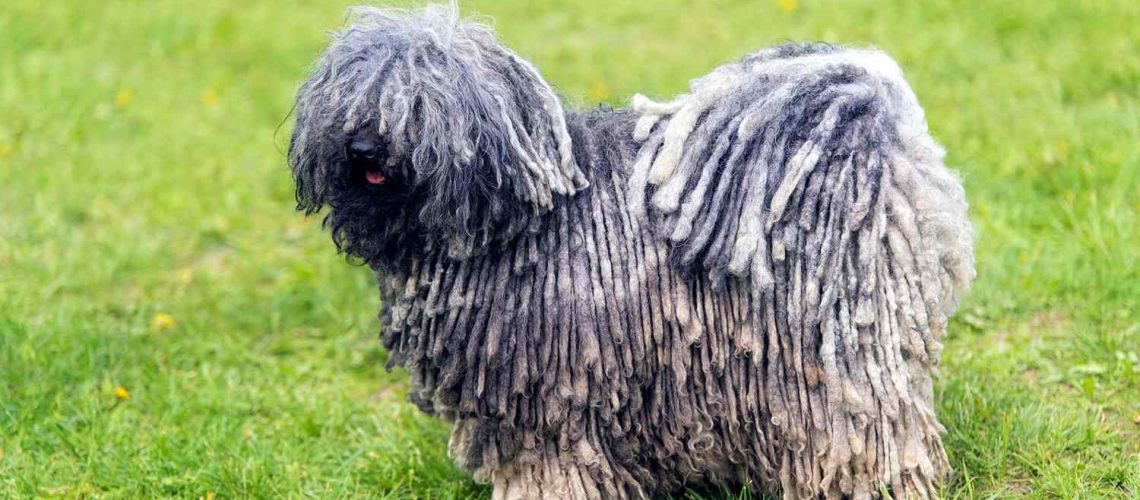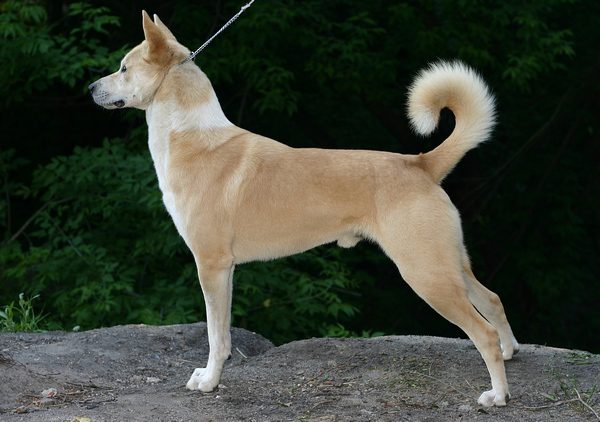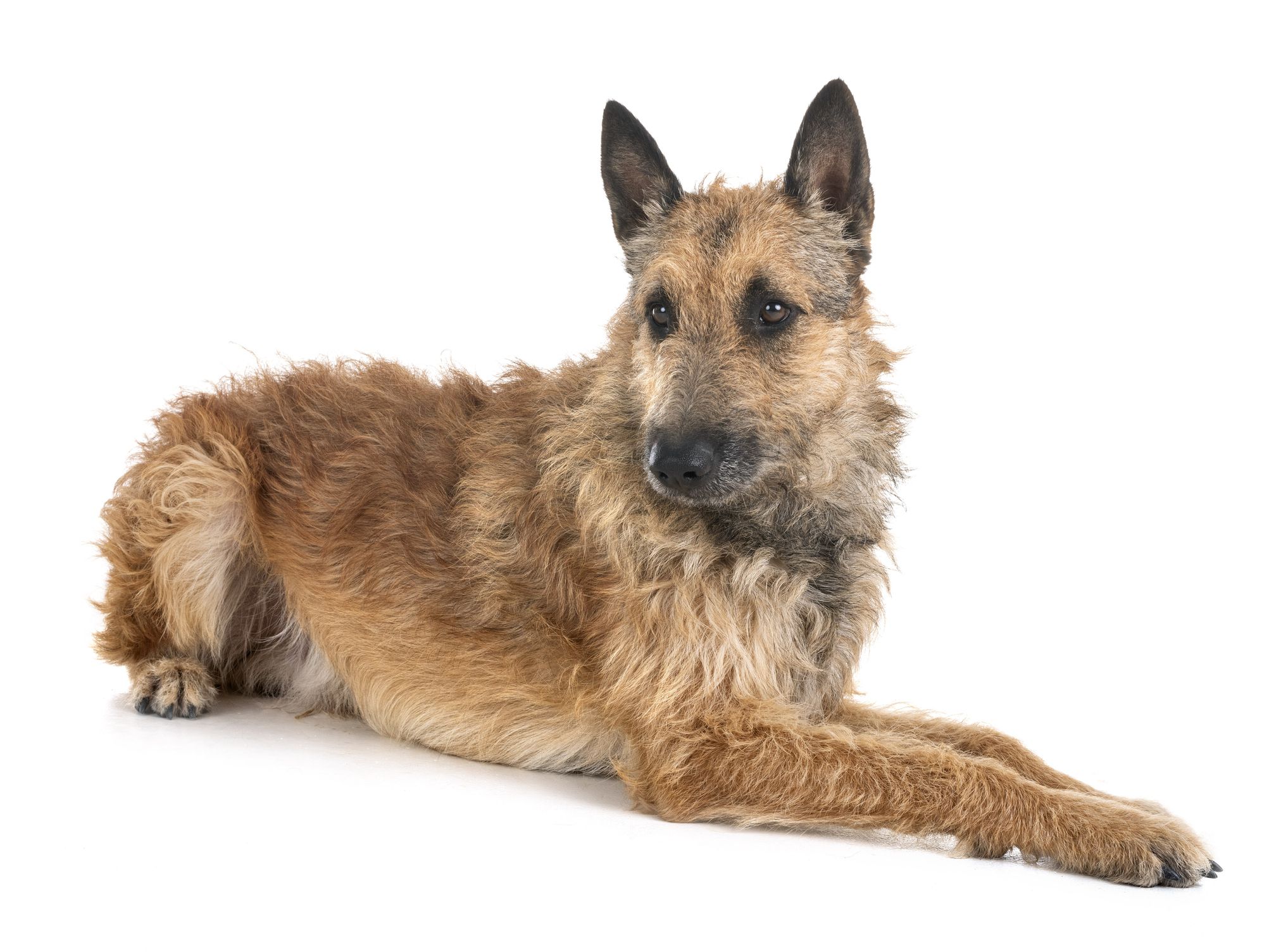Key Takeaways:
- Pulis are a Hungarian breed known for their distinctive corded coat, which requires regular grooming to prevent matting and maintain its unique appearance.
- They are highly intelligent and energetic dogs that require plenty of mental and physical stimulation to prevent boredom and destructive behavior.
- Pulis are loyal and protective of their families, making them excellent watchdogs, but they can be wary of strangers and may need proper socialization from an early age.
- Training should start early with positive reinforcement methods, as Puli's independent nature can make them stubborn at times.
- Pulis thrive in households where they have a job to do, such as participating in dog sports or herding activities, as they have a strong herding instinct.
Are you looking to learn more about the Puli dog breed? Whether you're a current Puli owner or considering bringing one into your family, understanding the characteristics and care of this unique breed is essential. By delving into this subject, you'll gain valuable insights that will not only help you provide the best possible care for your furry friend but also deepen your bond with them. Did you know that Pulis are known for their distinctive corded coat, which requires special grooming techniques? With a little knowledge and effort, you can ensure that your Puli stays happy, healthy, and well-maintained. So let's dive in and explore the fascinating world of Puli dogs together!
What is a Puli dog and what makes it special?
A Puli dog is a unique breed known for its distinctive corded coat. These cords are formed by the individual hairs matting together, giving the dog a shaggy appearance. Pulis are medium-sized dogs with a sturdy build and a square-shaped body. They have a strong and muscular structure, allowing them to excel in various activities.
What sets the Puli apart from other breeds is its intelligence and agility. Pulis are highly adaptable and excel in tasks that require problem-solving skills. They are natural herders and have been used for centuries to guard livestock. Their high energy levels make them excellent companions for active individuals or families who enjoy outdoor activities.
Physical characteristics of a Puli dog
The most notable physical characteristic of a Puli dog is its unique corded coat, which can grow up to 10 inches long. The cords start forming when the puppy is around nine months old and continue to develop as the dog grows. This coat not only protects the Puli from harsh weather conditions but also gives it an adorable, teddy bear-like appearance.
Pulis have dark, almond-shaped eyes that give them an intelligent and alert expression. Their ears are V-shaped and set high on their head, adding to their overall charm. The tail of a Puli is usually docked at birth, giving it a compact look.
Temperament of a Puli dog
Pulis are known for their lively and playful nature. They have an innate herding instinct and may try to gather family members or other pets in one place. This herding behavior can sometimes lead to them nipping at heels, so early training is essential to curb this tendency.
Pulis are highly intelligent and eager to please, making them easy to train. They thrive on mental stimulation and enjoy learning new tricks or participating in dog sports such as agility or obedience competitions. However, they can be independent thinkers at times, so consistent training and firm leadership are necessary.
Exercise needs for a Puli dog
Pulis are an active breed that requires regular exercise to keep them happy and healthy. They have high energy levels and enjoy activities that engage both their mind and body. Daily walks or jogs, interactive play sessions, and off-leash time in a secure area are all important for meeting their exercise needs.
In addition to physical exercise, Pulis also benefit from mental stimulation. Puzzle toys, obedience training sessions, or engaging in dog sports can help keep their minds sharp. It is important to provide them with enough outlets for their energy to prevent destructive behaviors that may arise from boredom.
Grooming requirements for a Puli dog
The unique corded coat of a Puli requires special attention when it comes to grooming. The cords need regular maintenance to prevent matting and ensure the coat stays clean and healthy. Regular brushing is necessary to separate the cords and remove any debris that may get trapped within them.
It is important not to cut the cords as this will ruin the characteristic appearance of the coat. Instead, occasional trimming may be required to maintain cleanliness around certain areas such as the face or paws. Bathing should be done carefully using a mild shampoo designed for dogs with long coats.
Tips for grooming a Puli dog:
- Start grooming your Puli at a young age so they become accustomed to the process.
- Use a slicker brush or comb specifically designed for long-haired breeds.
- Regularly check the cords for any signs of matting or tangling and address them promptly.
- Avoid using excessive force when brushing to prevent discomfort or pain for your dog.
- Consult a professional groomer if you are unsure about how to properly care for your Puli's coat.
Common health issues in the Puli breed
Pulis are generally a healthy breed, but like all dogs, they can be prone to certain health issues. One common problem seen in Pulis is hip dysplasia, which is an abnormal formation of the hip joint that can lead to pain and mobility issues. Regular exercise, maintaining a healthy weight, and proper breeding practices can help reduce the risk of this condition.
Pulis may also be susceptible to eye problems such as progressive retinal atrophy (PRA) or cataracts. Regular eye examinations by a veterinarian can help detect these conditions early on and provide appropriate treatment if necessary. Additionally, Pulis can develop allergies or skin irritations, so it is important to monitor their coat and skin for any signs of redness, itching, or hair loss.
Tips for maintaining your Puli's health:
- Schedule regular veterinary check-ups to monitor your Puli's overall health and address any concerns promptly.
- Provide a balanced diet specifically formulated for their age and size.
- Keep up with vaccinations and preventative treatments for parasites such as fleas and ticks.
- Ensure your Puli gets enough exercise to maintain a healthy weight and muscle tone.
- Pay attention to any changes in behavior or appetite as these may indicate underlying health issues.
Ideal home environment for a Puli dog
A Puli dog thrives in an environment where they can receive plenty of attention, mental stimulation, and exercise. They are best suited for active individuals or families who can provide them with regular opportunities to engage in physical activities and mental challenges.
Pulis are known to be good with children and can make excellent family pets. However, their herding instinct may lead them to try and gather small children, so supervision is necessary. They also get along well with other pets if properly socialized from a young age.
While Pulis can adapt to different living situations, including apartments, they do require sufficient space to move around and burn off energy. A securely fenced yard is ideal for off-leash playtime. It is important to note that the Puli's coat may not be suitable for individuals with allergies as it can trap dander and allergens.
In conclusion, the Puli is a unique and intelligent dog breed known for its distinctive corded coat. They require regular grooming and exercise to keep them happy and healthy. With proper care and training, the Puli can make a loving and loyal companion for families.
Are Pulis high maintenance?
The main aspect of taking care of the Puli breed is their long, corded fur which needs to be cared for on a daily basis. Even if you choose to keep their fur long and shaggy, you will still need to brush it at least once a week. This breed also requires daily exercise, more than many other breeds.
Do Puli dogs make good pets?
Pulis are generally friendly and playful, but they can be stubborn and require an experienced owner who can handle a strong-willed pet. They are eager to please and excel as working dogs, guard dogs, or family pets.
How do you take care of a Puli dog?
To keep them content, they require regular exercise and mental stimulation. While going on long walks (approximately one hour per day), hikes, and playing fetch are effective methods, many puli owners also engage in organized dog sports such as herding, agility, flyball, and obedience.
What are the health problems with Puli dogs?
Some common health issues that Puli dogs may be prone to include Canine Hip Dysplasia, Progressive Retinal Atrophy, Deafness, Degenerative Myelopathy, and Patellar Luxation.
Are police dogs good family dogs?
The dogs are well-behaved and friendly towards their families. One of the factors considered in selecting these dogs is their ability to maintain a social balance. They must not only be strong enough to apprehend aggressive individuals, but they also need to be able to switch gears and interact positively with people.
Are Pulis hard to train?
Pulis are not only loving and protective of their family, but they can also serve as effective watchdogs due to their vocal nature. They are intelligent and easily trainable, and they are also hypoallergenic, meaning they do not shed and have minimal drooling and odor.

















